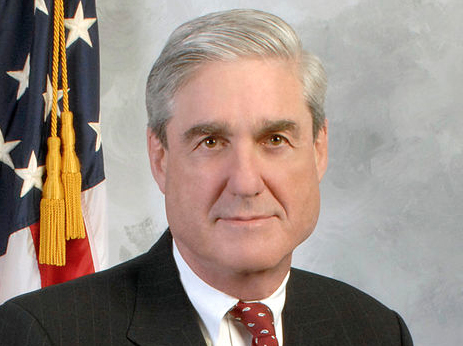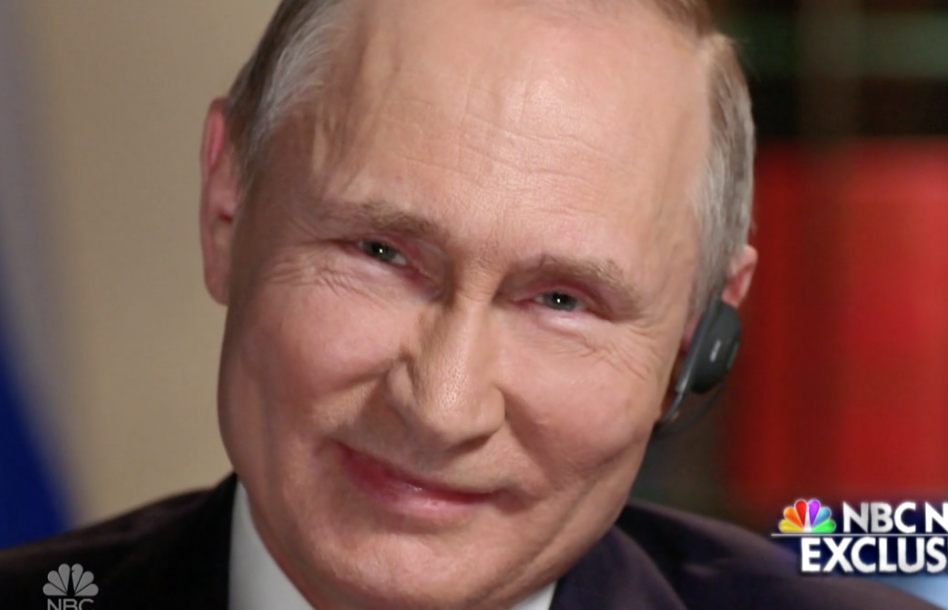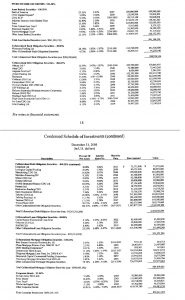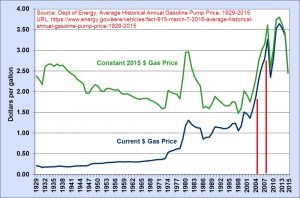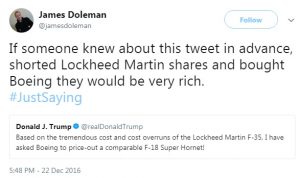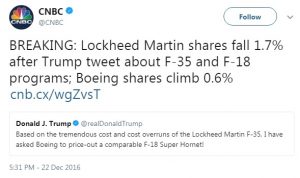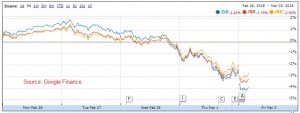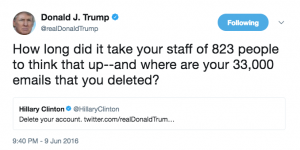Alex Van Der Zwaan: “Gone Native”
Tomorrow, Alex Van der Zwaan, the former Skadden associate who unsuccessfully attempted to hide ongoing conversations between him, Rick Gates, Konstantin Kilimnik, and (presumably) Greg Craig that took place in September and October 2016 will be sentenced. The government is seeking prison time, his lawyers are seeking probation (in part to keep him out of our nightmarish deportation process).
In advance of the sentencing (and today’s filing explaining how all this is authorized under the Special Counsel mandate Rod Rosenstein gave to Mueller), I wanted to lay out a few more details revealed by the public documents in this case, including the prosecution and defense arguments on sentencing.
Taken together, the documents reveal a few interesting wrinkles.
First, the defense argues that Van der Zwaan didn’t hide the communications he had with Rick Gates and Konstantin Kilimnik in fall 2016 to hide the ongoing relationship Trump’s onetime campaign manager had with someone the FBI still believed had ties to GRU, the Russian intelligence agency behind the hack-and-leak of the DNC emails. Rather, his defense lawyers claim Van der Zwaan hid those things (or rather, attempted to hide them, using means it’s shocking a lawyer would believe might work) because he didn’t want to reveal to the Skadden lawyers who represented him in his first interview with Mueller’s team that he had recorded his conversations in that time period with Greg Craig.
He knew it was improper to have recorded his conversation with the Skadden senior partner; indeed, he understood that he could be fired for having done so. He also knew that a truthful disclosure about his September 2016 calls with Gates and Person A would almost inevitably lead to questioning that could quickly get to the existence of the recordings. During the interview, Alex was keenly aware that he was not speaking only to OSC. Alex was represented by Skadden lawyers, and anything he shared with the OSC would simultaneously be heard by Skadden. In his mind, his boss was listening to every word.
The explanation is unconvincing (so is his lawyers’ claim that Van der Zwaan couldn’t read the Ukrainian document he received). After all, Craig knew (and presumably has also told Mueller’s team unless he’s at legal jeopardy himself) of some of those emails. So Van der Zwaan was bound to be asked the same kinds of questions in any case. Which he was. Which is how he came to confess to making the recordings (and keeping his own notes) in the first place.
It’s not entirely clear why he made that recording. The defense filing claims he didn’t tell anyone about them. But given another detail laid out by all this paperwork, I at least wonder whether he intended to share it with Gates or Kilimnik.
Consider the “going native” claim made about Van der Zwaan by an unnamed witness (who might be Greg Craig).
Yet, although he had been instructed not to share advance copies of the report with the public relations firm retained by the Government of Ukraine, van der Zwaan had, in the words of one witness, “gone native”—that is, he had grown too close to Manafort, Gates, and Person A.
While we knew that Van der Zwaan had shared the Skadden report with Gates and Kilimnik back in 2012, in direct violation of Skadden’s wishes, the defense filing reveals another key detail. In 2012, either while he was moonlighting while being paid by Skadden to help Manafort, Gates, and Kilimnik spin the Skadden report to make the prosecution of Tymoshenko look kosher or just after, Van der Zwaan was talking about working for Manafort and Gates.
That’s another good reason to hide all this: Van der Zwaan was ignoring Skadden Arps instructions at a time when he was considering a job with Gates and Manafort, who weren’t technically the client, but who were laundering the money to pay Skadden with.
Finally, while I don’t make as much of the tie between Van der Zwaan and his father-in-law, Alfa Bank founder German Khan, as others do, the defense filing provides more details on when Van der Zwaan joined the family. He and Eva Khan first met in “spring” 2016; elsewhere that gets described as a year before their marriage, which took place in June 2017.
Which is to say, the entirety of Van der Zwaan’s relationship with the Khan family has taken place during the Russian operation and attempt to cover up the tampering in the US election.
Just for fun: Back in 2008, American diplomats passed on complaints about Khan’s heavy-handedness in the operations of BP Russia, including the anecdote that Khan said he considers The Godfather to be his “manual for life.”
At dinner that evening, Khan had told a stunned Summers that The Godfather was his favorite movie, that he watched it every few months, and that he considered it a “manual for life.”
There’s actually no reason to believe that Van der Zwaan would have become a valuable enough resource that Khan would marry off his daughter to him, Godfather like.
But Van der Zwaan’s behavior in 2016 may make better sense considering the full context of that “going native” comment.
Update: I see from Zoe Tillman’s coverage of Van der Zwaan’s sentencing (where he was given a month in jail) that his lawyers fibbed a bit when they said his second grand jury appearance was entirely voluntary.
[Andrew] Weissmann refuted the idea that van der Zwaan voluntarily came back to tell the truth, saying he had been served with a grand jury subpoena after his first meeting in November 2017 and would have been required to return to the United States anyway.
2012: Van der Zwaan working on Tymoshenko report in facilitating role
July to early August 2012: Van der Zwaan provides unauthorized copy of Skadden report on Yulia Tymoshenko to PR firm engaged by Ukraine’s Ministry of Justice
September 2012: Van der Zwaan provides Rick Gates talking points to spin Skadden report
2012-2013: Van der Zwaan conducts discussions over Gmail about working directly for Gates and Manafort; these were among the other materials Van der Zwaan attempted to destroy in advance of his Mueller interview
2014: Eva Khan moves to London to study art (she is 11 years younger than Van der Zwaan)
Spring 2016: Van der Zwaan and Eva Khan meet
September 2016: First public allegations of spam traffic between Trump marketing account and Alfa bank
September and October 2016:
Rick Gates contacts Van der Zwaan, urges him to contact Kliminik and sends him a document in Ukrainian
September 12, 2016: Van der Zwaan emails Konstantin Kilimnik, who asks him to contact him on Telegraph or WhatsApp
Van der Zwaan reports this to (presumably) Greg Craig
Van der Zwaan reports back to Gates
[These communications continue as a series]
January 2017: Paul Manafort provides Trump a strategy to rebut the Russian investigation by discrediting the Steele dossier
January 2017: Brian Benczkowski leaves transition team and returns to Kirkland & Ellis
March to May 2017: Pending Assistant Attorney General nominee Brian Benczkowski advises Alfa Bank on lawsuit against Buzzfeed
April 2017: Jeff Sessions asks Benczkowski if he wants to be AAG for Criminal Division
May 26, 2017: After months of consultation with Alfa Bank (and German Khan by name) sue Buzzfeed over the Steele dossier
June 2017: Van der Zwaan and Khan married; she applies for permanent residency as his spouse
Prior to November 3, 2017: Van der Zwaan gives Skadden his laptop from the 2012 time frame
October 3, 2017: Alfa Bank lawsuit is moved to federal jurisdiction
November 3, 2017: Van der Zwaan participates in eight hour voluntary interview, represented by Skadden Arps lawyers; during that interview, FBI confronts him with an email he withheld from Skadden’s discovery
November 16, 2017: Van der Zwaan returns to the US
November 17, 2017: Van der Zwaan surrenders his passport to the FBI and retains new counsel (this is probably when Skadden fired him)
November 29, 2017: Kilimnik emails Manafort for review of purportedly exonerating op-ed
December 1, 2017: Van der Zwaan’s second interview with FBI
February 14, 2018: Van der Zwaan agrees to plea deal
February 20, 2018: Van der Zwaan pleads guilty
February 23, 2018: Gates pleads guilty
May 2018: Date Van der Zwaan would have made partner
August 2018: Due date of Van der Zwaan son

